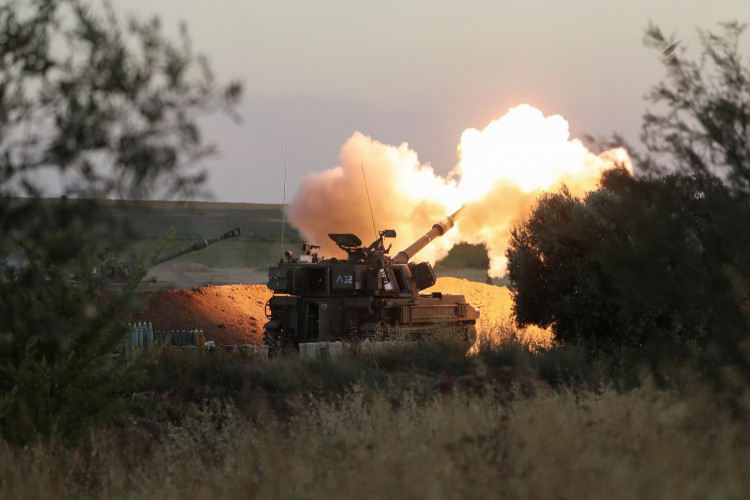In a rapidly escalating situation, the Israel Defense Forces (IDF) have confirmed their infantry forces and tanks entered the Gaza Strip. These "localized raids" were initiated to clear the area of potential terrorists and locate missing Israelis, potentially setting the stage for a full-scale incursion. This move comes in response to a surprise attack by Hamas last weekend that resulted in the death of over 1,300 Israelis.
Fox News reported that this military action was not the anticipated ground invasion of the Gaza Strip. However, the IDF's actions have heightened concerns of a broader conflict. The situation was further complicated when the militant group Hezbollah claimed responsibility for targeting Israeli military posts with small-arms fire along Israel's border with Lebanon. Israel retaliated with artillery strikes.
The sudden attack by Hamas last Saturday took a heavy toll. Beyond the tragic loss of life, as many as 150 people are believed to have been taken captive by terrorists and are currently held in Gaza. The IDF has been working tirelessly to notify the families of these hostages.
In preparation for a potential broader military response, Israel has mobilized approximately 360,000 military reservists. These forces have congregated on Israel's border with Gaza, possibly signaling an impending full-scale invasion aimed at reclaiming the hostages and neutralizing Hamas terrorists.
In a move described as a "humanitarian step," Israel has issued a warning to the 1.1 million residents in northern Gaza. They have been advised to evacuate the area within 24 hours to "minimize civilian casualties" in anticipation of Israel's military response to the Hamas attacks. IDF spokesman Jonathan Conricus shared this evacuation message on social media platforms, emphasizing the urgency and importance of the directive for the safety of Gaza's civilians.
Direct quotes from the situation highlight the gravity of the circumstances. IDF spokesman Rear Adm. Daniel Hagari stated, "The forces located findings that may help in the effort to locate the missing. We will continue to make every effort to find every detail about the missing and hostages." Reflecting on the challenges of the evacuation, National Security Council spokesman John Kirby told CNN, "Now it's a tall order. It's a million people, and it's very urban, dense environment. It's already a combat zone. So I don't think anybody's underestimating the challenge here of effecting that evacuation."
Hamas, on the other hand, has urged residents to stay put, labeling Israel's evacuation directive as a psychological warfare tactic. The terror group's statement read, "Scenes of migration and displacement are a thing of the past and won't be repeated, except with the victorious return of our people to our occupied land."
The international community watches with bated breath as events unfold. The White House has acknowledged Israel's evacuation order, understanding it as an attempt to move civilians out of harm's way. However, the sheer scale of the evacuation, given Gaza's dense population, poses significant challenges.
As the situation remains fluid, rockets continue to be launched from Gaza into Israel. The IDF has retaliated by targeting drone launch sites in Gaza, emphasizing Hamas's use of civilians as human shields. The world awaits further developments, hoping for a peaceful resolution to a situation fraught with tension and uncertainty.






